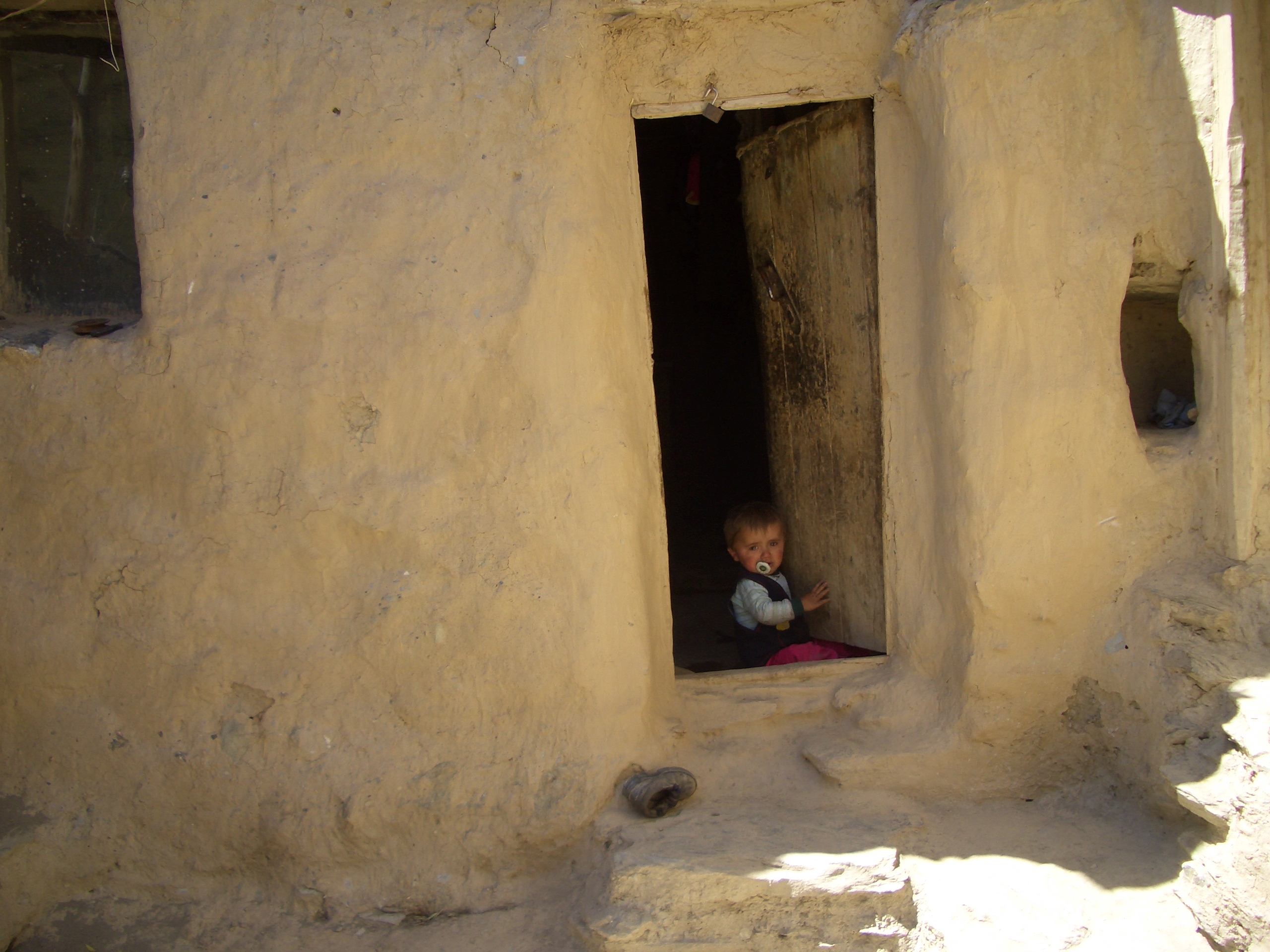At the Heart of the Mountains
Enfolded within Central Asia’s majestic peaks lies the Yaghnob Valley, a treasure unknown to many yet vital to our shared human narrative. This is the ancestral home of the Yaghnobi people, direct descendants of the ancient Sogdiana civilization, and a living testament to a heritage nearly lost. Today, fewer than 5,000 Yaghnobi still speak the unique language of their forebears—a language that has miraculously endured centuries of invasion, displacement, and profound transformation.
A History Etched in Exile
The unyielding spirit of the Yaghnobi people has been tested by more than time. In the 1970s, Soviet authorities forcibly exiled hundreds of families from their cherished valley, driven by a ruthless ambition to reshape the highlands for agriculture and industry. These families were cast away to remote and desolate districts—some to the infamous “Foodless Steppe”—severed from their homes, their health, and often, their very hope. The hollow promises of prosperity and safety remain unfulfilled, and the deep trauma of this forced migration still echoes in the poignant stories of elders today.
Language on the Brink
The Yaghnobi language is far more than a mere means of communication; it is the sacred vessel that carries memory, folklore, and identity. Yet, this precious heritage now teeters on the edge of oblivion. Schools do not recognize Yaghnobi as a primary language, with Tajik and Uzbek dominating public education and civic life. Children learn their mother tongue at home, if at all, and alarmingly, many young people are more comfortable speaking Tajik. Although dedicated efforts to document and revitalize the language persist, without sustained and substantial support, the agonizing loss of this linguistic treasure is a real and imminent threat.
Health and Survival: A Daily Struggle
Life in the Yaghnob Valley remains a relentless challenge, with virtually no regular access to essential medical care. The absence of even a basic rural clinic, combined with the prohibitive distance to the nearest doctor for many, leaves women, children, and the elderly in a state of constant vulnerability. The valley’s isolation, once a sanctuary, now tragically means that obtaining even the most basic medicines is fraught with difficulty, and emergencies can all too often prove fatal. Decades ago, Soviet “flying doctor” teams offered a beacon of hope; today, the resilient villagers must rely on their own strength, or on the compassionate aid of humanitarian organizations and the kindness of strangers.

Leave a Reply
You must be logged in to post a comment.